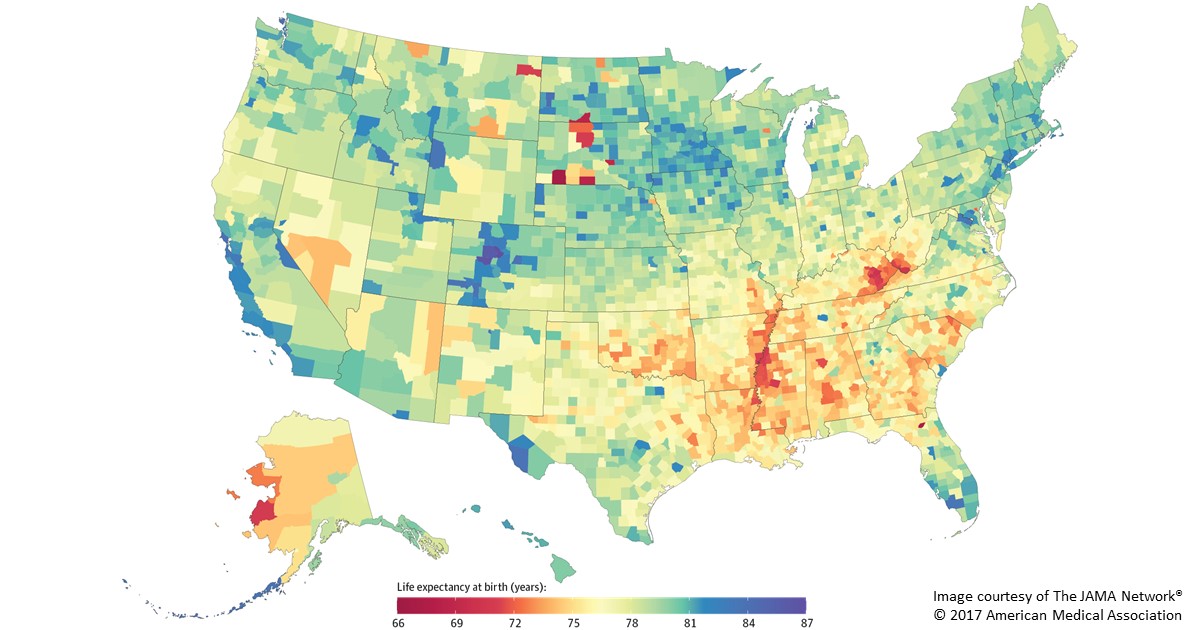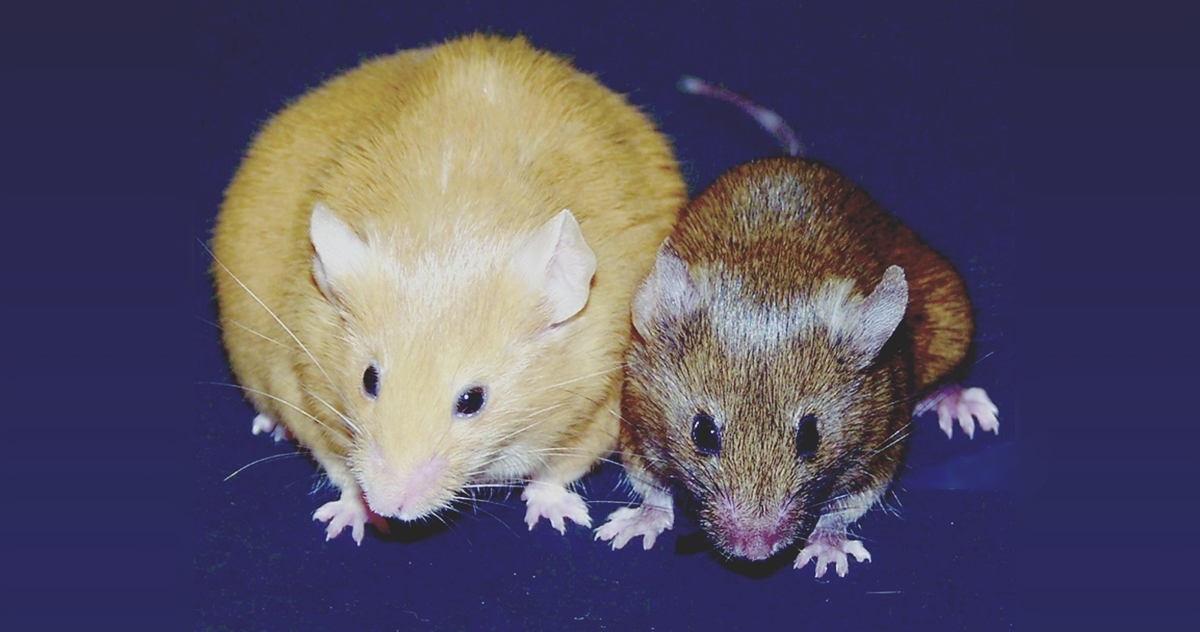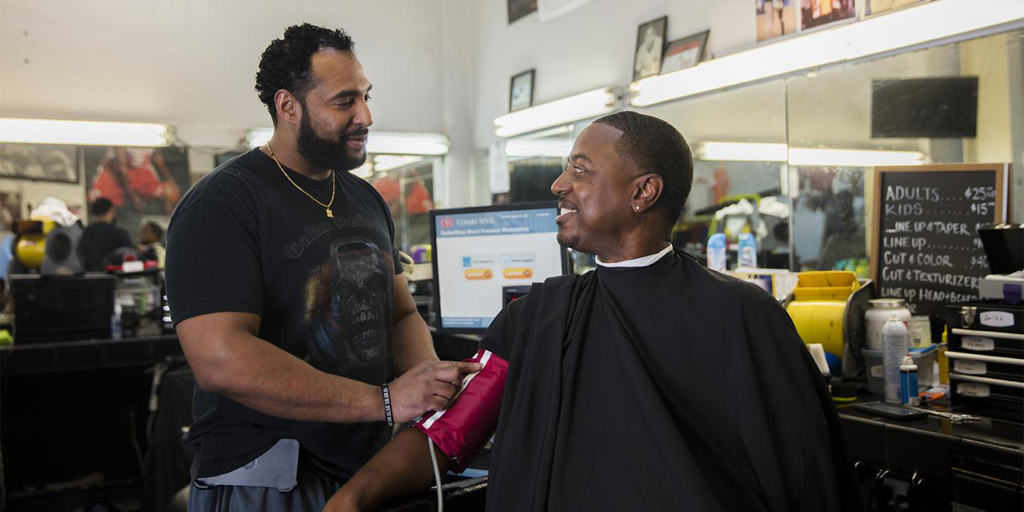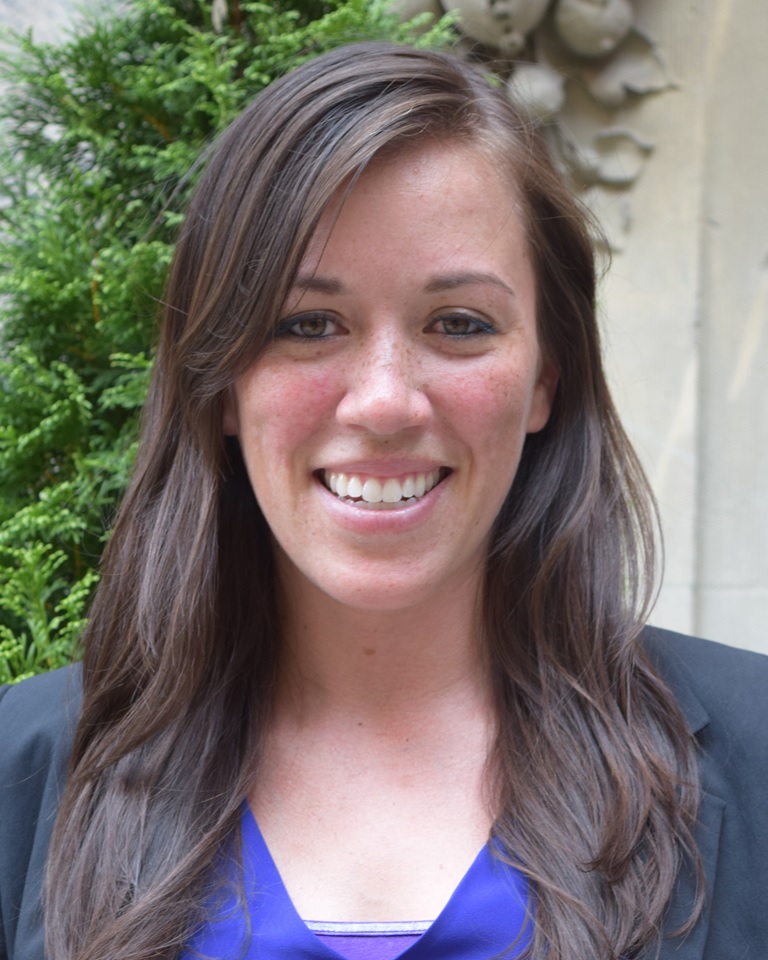lifestyle
Celebrating Our Nation’s Birth and What It Means for All of Us
Posted on by Dr. Francis Collins
Happy Fourth of July! It’s the perfect time to fire up the grill, go watch some fireworks, and pay tribute to the vision of all who founded the United States of America. The Fourth of July also stands as a reminder of the many new opportunities that our nation and its people continue to pursue. One of the most exciting is NIH’s All of Us Research Program, which is on the way to enrolling 1 million or more Americans from all walks of life to create a resource that will accelerate biomedical breakthroughs and transform medicine.
What exactly do I mean by “transform?” Today, most medical care is “one-size-fits-all,” not tailored to the unique needs of each individual. In order to change that situation and realize the full promise of precision medicine, researchers need a lot more information about individual differences in lifestyle, environment, and biology. To help move precision medicine research forward, our nation needs people like you to come together through the All of Us program to share information about your health, habits, and what it’s like where you live. All of your information will be protected by clear privacy and security principles.
All of Us welcomes people from across our diverse land. Enrollment in the research program is open to all, and anyone over the age of 18 who is living in the United States can join. Since full enrollment began in May, three of every four volunteers have come from groups traditionally underrepresented in biomedical research. These include people from a multitude of races and ethnicities, as well as folks with disabilities and those who live in remote or rural communities.
So, as you celebrate the birth of the United States this Independence Day, I ask you also to look ahead to our nation’s future and what you can do to make it brighter. One way you can do that is to consider joining me and thousands of other Americans who’ve already signed up for All of Us. Together, we can build a resource that will revolutionize medicine for generations to come. Thanks, and have a safe and glorious Fourth of July!
Links:
All of Us (NIH)
Video: What is All of Us?
Video: All of Us: Importance of Diversity
Video: All of Us Launch
I Handed Over My Genetic Data to the NIH. Here’s Why You Should, Too (STAT)
NIH Support: NIH Office of the Director
All of Us Needs All of You
Posted on by Dr. Francis Collins
I’ve got some exciting news to share with you: as of May 6, 2018, NIH’s All of Us Research Program is open to everyone living in the United States, age 18 and older. That means that you, along with your family and friends, can join with 1 million or more Americans from all walks of life to create an unprecedented research resource that will speed biomedical breakthroughs and transform medicine.
To launch this historic undertaking, All of Us yesterday held community events at seven sites across the nation, from Alabama to Washington state. I took part in an inspiring gathering at the Abyssinian Baptist Church in New York’s Harlem neighborhood, where I listened to community members talk about how important it is for everyone to be able to take part in this research. I shared information on how All of Us will help researchers devise new ways of improving the health of everyone in this great nation.
Widening Gap in U.S. Life Expectancy
Posted on by Dr. Francis Collins

Caption: Life expectancy at birth by county, 2014. Life expectancy into 80s (blue), 70s (green, yellow, orange), 60s (red).
Americans are living longer than ever before, thanks in large part to NIH-supported research. But a new, heavily publicized study shows that recent gains in longevity aren’t being enjoyed equally in all corners of the United States. In fact, depending on where you live in this great country, life expectancy can vary more than 20 years—a surprisingly wide gap that has widened significantly in recent decades.
Researchers attribute this disturbing gap to a variety of social and economic influences, as well as differences in modifiable behavioral and lifestyle factors, such as obesity, inactivity, and tobacco use. The findings serve as a sobering reminder that, despite the considerable progress made possible by biomedical science, more research is needed to figure out better ways of addressing health disparities and improving life expectancy for all Americans.
In the new study published in JAMA Internal Medicine, a research team, partially funded by NIH, found that the average American baby born in 2014 can expect to live to about age 79 [1]. That’s up from a national average of about 73 in 1980 and around 68 in 1950. However, babies born in 2014 in remote Oglala Lakota County, SD, home to the Pine Ridge Indian Reservation, can expect to live only about 66 years. That’s in stark contrast to a child born about 400 miles away in Summit County, CO, where life expectancy at birth now exceeds age 86.
Creative Minds: Building the RNA Toolbox
Posted on by Dr. Francis Collins

Caption: Genetically identical mice. The Agouti gene is active in the yellow mouse and inactive in the brown mouse.
Credit: Dana Dolinoy, University of Michigan, Ann Arbor, and Randy Jirtle, Duke University, Durham, NC
Step inside the lab of Dana Dolinoy at the University of Michigan, Ann Arbor, and you’re sure to hear conversations that include the rather strange word “agouti” (uh-goo-tee). In this context, it’s a name given to a strain of laboratory mice that arose decades ago from a random mutation in the Agouti gene, which is normally expressed only transiently in hair follicles. The mutation causes the gene to be turned on, or expressed, continuously in all cell types, producing mice that are yellow, obese, and unusually prone to developing diabetes and cancer. As it turns out, these mutant mice and the gene they have pointed to are more valuable than ever today because they offer Dolinoy and other researchers an excellent model for studying the rapidly emerging field of epigenomics.
The genome of the mouse, just as for the human, is the complete DNA instruction book; it contains the coding information for building the proteins that carry out a variety of functions in a cell. But modifications to the DNA determine its function, and these are collectively referred to as the epigenome. The epigenome is made up of chemical tags and proteins that can attach to the DNA and direct such actions as turning genes on or off, thereby controlling the production of proteins in particular cells. These tags have different patterns in each cell type, helping to explain, for example, why a kidney and a skin cell can behave so differently when they share the same DNA.
Some types of genes, including Agouti, are particularly vulnerable to epigenomic effects. In fact, Dolinoy has discovered that exposing normal, wild-type (brown) mice to certain chemicals and dietary factors during pregnancy can switch on the Agouti gene in their developing offspring, turning their coats yellow and their health poor. Dolinoy says these experiments raise much larger questions: If researchers discover populations of humans that have been exposed to lifestyle or environmental factors that modify their epigenomes in ways that may possibly contribute to risk for certain diseases, can the modification be passed on to their children and grandchildren (referred to as transgenerational epigenetic inheritance, a controversial topic)? If so, how can we develop the high-precision tools needed to better understand and perhaps even reduce such risks? The University of Michigan researcher received a 2015 NIH Director’s Transformative Research Award to undertake that challenge.
Making the Connections: Study Links Brain’s Wiring to Human Traits
Posted on by Dr. Francis Collins

Caption: The wiring diagram of a human brain, measured in a healthy individual, where the movement of water molecules is measured by diffuse tensor magnetic resonance imaging, revealing the connections. This is an example of the type of work being done by the Human Connectome Project.
Source: Courtesy of the Laboratory of Neuro Imaging and Martinos Center for Biomedical Imaging, Consortium of the Human Connectome Project
For questions about why people often think, act, and perceive the world so differently, the brain is clearly an obvious place to look for answers. However, because the human brain is packed with tens of billions of neurons, which together make trillions of connections, knowing exactly where and how to look remains profoundly challenging.
Undaunted by these complexities, researchers involved in the NIH-funded Human Connectome Project (HCP) have been making progress, as shown by some intriguing recent discoveries. In a study published in Nature Neuroscience [1], an HCP team found that the brains of individuals with “positive” traits—such as strong cognitive skills and a healthy sense of well-being—show stronger connectivity in certain areas of the brain than do those with more “negative” traits—such as tendencies toward anger, rule-breaking, and substance use. While these findings are preliminary, they suggest it may be possible one day to understand, and perhaps even modify, the connections within the brain that are associated with human behavior in all its diversity.

 We humans are wired to search for a causative agent when something bad happens. When someone develops cancer, we seek a reason. Maybe cancer runs in the family. Or perhaps the person smoked, never wore sunscreen, or drank too much alcohol. At some level, those are reasonable assumptions, as genes, lifestyle, and environment do play important roles in cancer. But a new study claims that the reason why many people get cancer is simply just bad luck.
We humans are wired to search for a causative agent when something bad happens. When someone develops cancer, we seek a reason. Maybe cancer runs in the family. Or perhaps the person smoked, never wore sunscreen, or drank too much alcohol. At some level, those are reasonable assumptions, as genes, lifestyle, and environment do play important roles in cancer. But a new study claims that the reason why many people get cancer is simply just bad luck.
